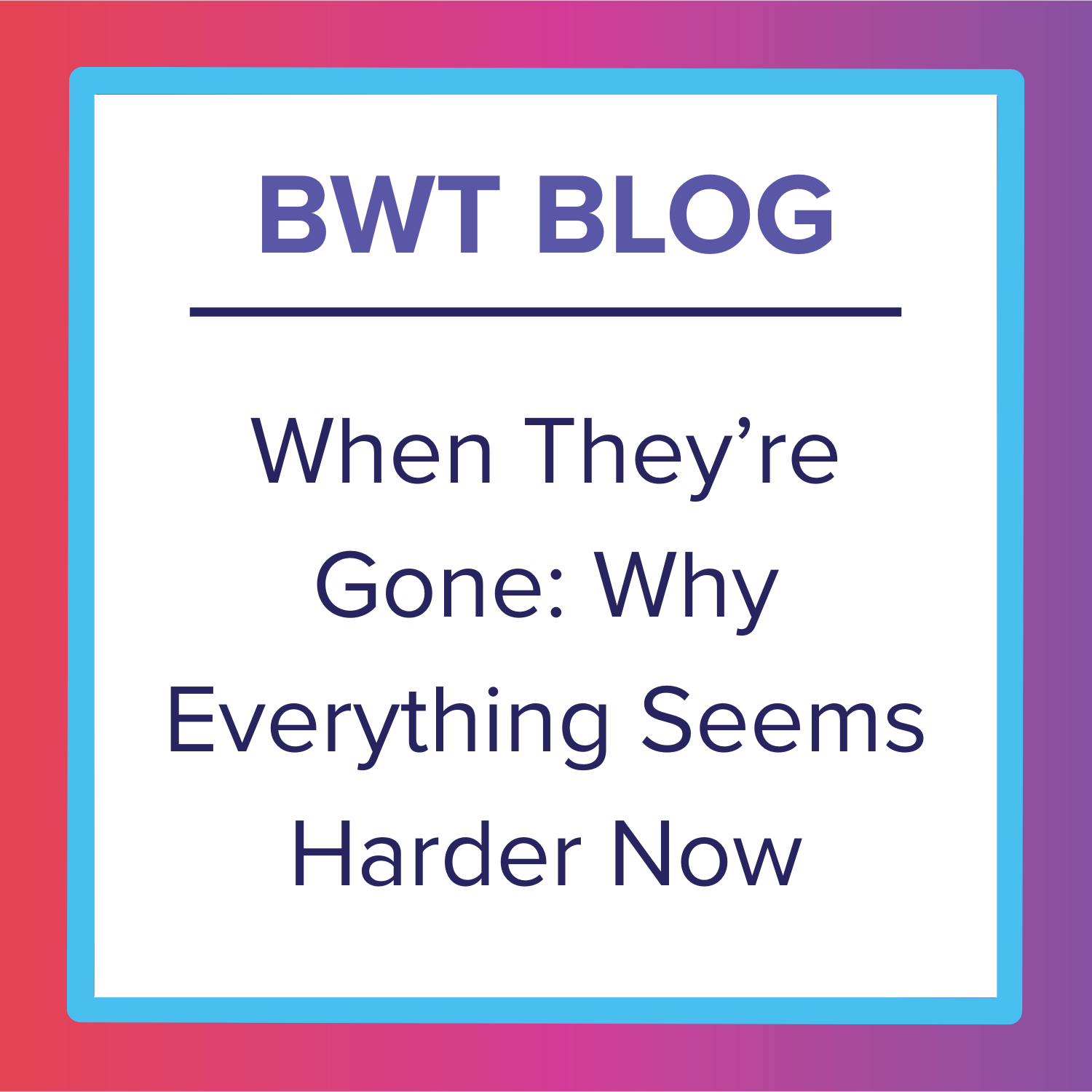Growth Opportunities at Work: Are You Missing Out?
This quarter, we're focusing on access to opportunities—who gets access and why, what is the role of trust, and why we want opportunities.
I'm being very specific in using the word opportunity as opposed to promotion. A growth opportunity doesn't necessarily mean that they want a promotion and more responsibility.
Think about access to opportunity not as an abstract value—but as a developing practice.
If you’re a manager:
How often do you provide access to others?
Who gets seen?
Who gets named?
Who gets invested in?
Think deeper:
What traits are rewarded?
Which traits get overlooked?
This is not about shame or blame. It’s about recognizing patterns—something we focus on at Black Women Thriving.
What are the patterns of behavior inside of our organizations that are keeping people from thriving?
I want you to recognize those patterns, name them, and then figure out how to shift them.
Let’s throw out the old idea that everyone has access to the same opportunities. It's just not true.
I think we have taken steps to be more fair in how opportunities are presented to folks. But at the end of the day, there's still human discretion involved. It’s up to leadership to make sure there is a system in place to account for biases and enable fair decision making.
When fairness is present:
Teams feel energized
They feel hopeful
They feel connected to their own growth
When it’s absent:
Burnout happens
People feel invisible
People check out
That leads to lower productivity, lower employee retention, and lower employee satisfaction.
Access to mentorship and sponsorship is significantly lower for Black women.
Here are 3 questions I want you to reflect on—especially if you’re a manager. If you're not, think about whether these things have been offered to you.
In the last 6 months:
Who did you tap for a new opportunity?
(Not necessarily a promotion—think: development, exposure, stretch projects.)Who did you offer visibility to?
(Who did you speak about in rooms they weren’t in?)Who got the nod—and why?
Even in well-meaning workplaces, access follows patterns.
We say things like “they’re not ready”—but what do we mean by that?
Not ready for what?
According to whose standards?
What are we protecting—our own reputation, our own comfort?
We need to gut check that.
Yes, I’m going to say it: that’s bias.
We have to be expansive—not just lean into comfort, trust, or proximity. We have to look beyond who is “naturally” near us.
Because when we don’t?
People feel invisible. That can look like:
Not getting promotions
Being skipped for growth opportunities
Over time, people start to internalize that invisibility.
And sometimes, they internalize resilience just to survive.
But here’s the cost: Overperformance leads to burnout.
Grinding just to be noticed? That’s not sustainable.
Burnout isn’t a personal failure—it’s a systemic issue.
And systemic failure.
So what’s the cost?
People’s well-being
Retention
Recruitment
Trust
It’s all connected.
Let’s talk about what you can do.
If you’re a leader, here’s a practice to try in the next few weeks:
Create growth and vitality.
Those are two key drivers of thriving.
When people see a future for themselves in your organization, they stay.
When they don’t?
They shrink
They disappear
Access to opportunity is a key indicator of how well your organization is doing in creating a thriving environment.
Final thoughts:
Thriving is possible—even in the chaos.
It’s not easy, but it’s worth working toward.
Create your own environment of thriving, and work to shape one in your workplace too.
Thank you.


